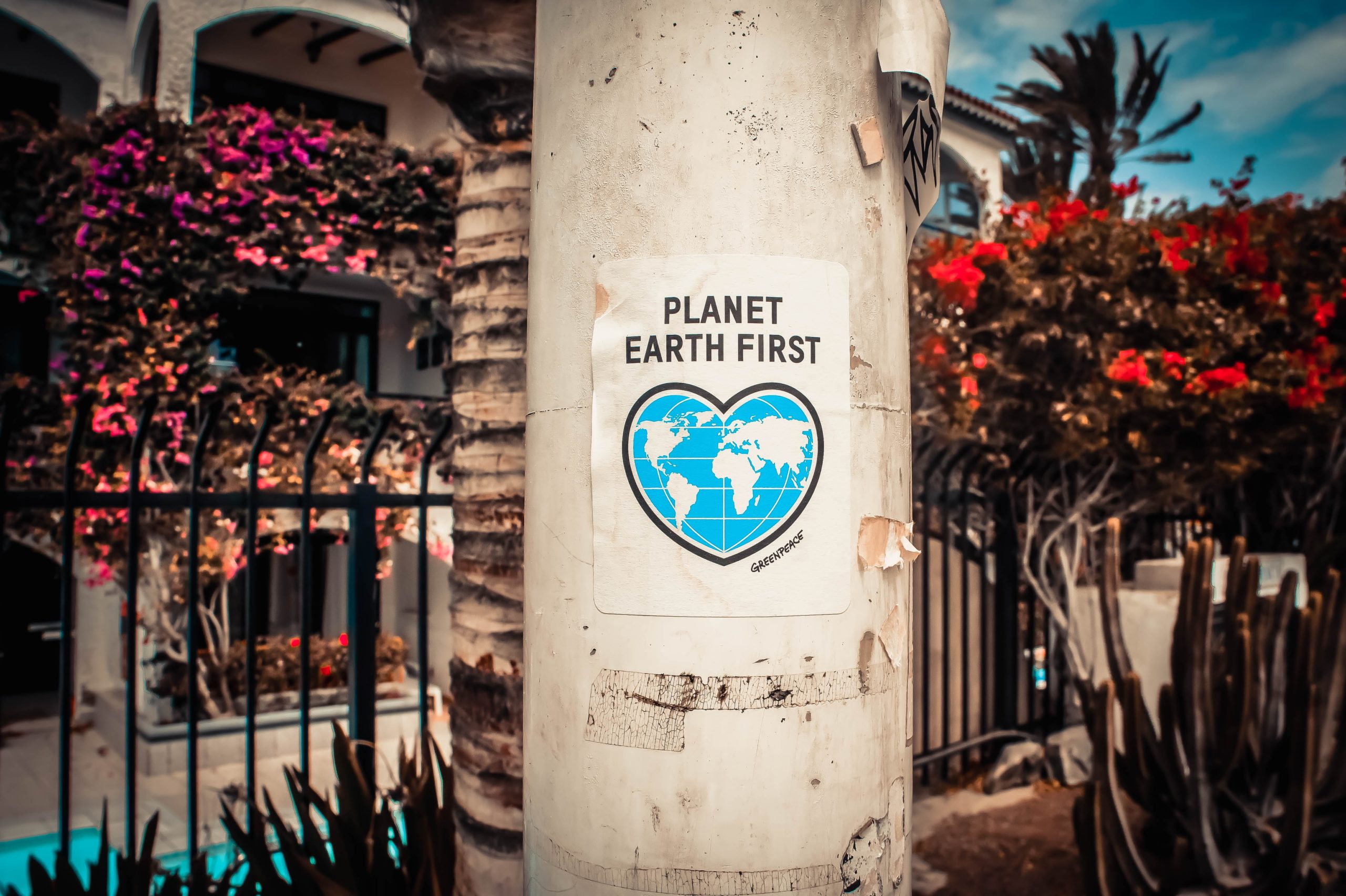Our Climate Commitment
Author
Warren Wilansky
Date
juillet 14, 2020

In December 2019, I sequestered myself in a Toronto hotel room to develop a new 3-year strategic plan for Plank. It was harder than I thought it would be. By the time I got on the train back to Montreal, I had everything organized and ready to roll for the next 1,000 days.
Roughly 75 days later, on March 13th, 2020 we closed our physical office as a result of COVID-19. I was convinced that I should delete everything and start over.
Luckily, I didn’t do that. When I looked at the document a few weeks later, I was surprised at how relevant it still was. Who we wanted to be as a company, the kind of work we wanted to do and where we wanted to be in three years still made sense. In fact, there was one area where we exceeded our goals long before we expected: Plank’s environmental impact.
With the pandemic shutting our office, our team quarantined at home and with all business travel off the table for the foreseeable future, our environmental impact was already substantially lower. With no flights, driving or even public transit use, our 2022 goals were already within reach.
Our office opened back up on July 13th. Some of our staff are now taking public transit and driving so our production of greenhouse gas emissions has certainly increased, but nowhere near 2019 levels. When the pandemic does end – and it will end – the question becomes, will we swing back to pre-pandemic habits?
For some people who crave the life they were leading, the return to « normal » may be swift. Personally, I plan to use this time to make a series of commitments that ensures Plank as a whole reduces its carbon footprint. How? By implementing the following four permanent changes:

Reduce plane travel by 75%
While in-person meetings are crucial to developing relationships with our clients, video conferencing has proven to be an effective way to build on those relationships. When we choose to travel, we will make the most of the time and the emissions we generate via air travel. Gone are the days of one-meeting trips. Moving forward we will ensure any travel is of deep, strategic value.
Lowest Impact Travel
When we travel, look for the lowest impact options. For example, while the train – especially in North America – is not the most efficient way of getting somewhere, any trip under 1000 km can be done by train.
Additionally, conferences we feel are important to attend usually alternate between the East and West Coast of North America. Moving forward we will attend in-person regional events and in the off-year, attend online.
Carbon offset
Each year we will do a full audit of our carbon footprint to quantify all of our travel, transit, heating and cooling usage to fully understand our impact. Once calculated, we will pay to offset that impact in our goal to become a zero-emission company.
Encourage remote work
While we love our team and want to spend as much time together as possible, this pandemic has clearly shown the value of remote work. It isn’t ideal for everyone, so our office is open for those who want to return. Right now, about 75% of our staff has chosen to continue working remotely. Our goal is for the remote work experience to feel just as successful and team-oriented as those who choose to come in.
Our commitment
What I am proposing for the company I founded more than 20 years ago is not going to be easy, but our commitment to our planet’s health is more important than doing things the way they have been done in the past. If becoming better at video conferencing is all it takes not to add tons of CO2 emissions to the environment, then this is something we can and should commit to.
Does this mean that we aren’t going to travel anymore? No, but it does mean we are going to think harder about the necessity of the trip. I feel confident that we can reduce our air travel by 75% and still have strong and successful partnerships. If we can do it, others can. And together we will help build a healthier world.
